Home>Gardening & Outdoor>Pool & Spa Care>What Voltage Does A Hot Tub Use
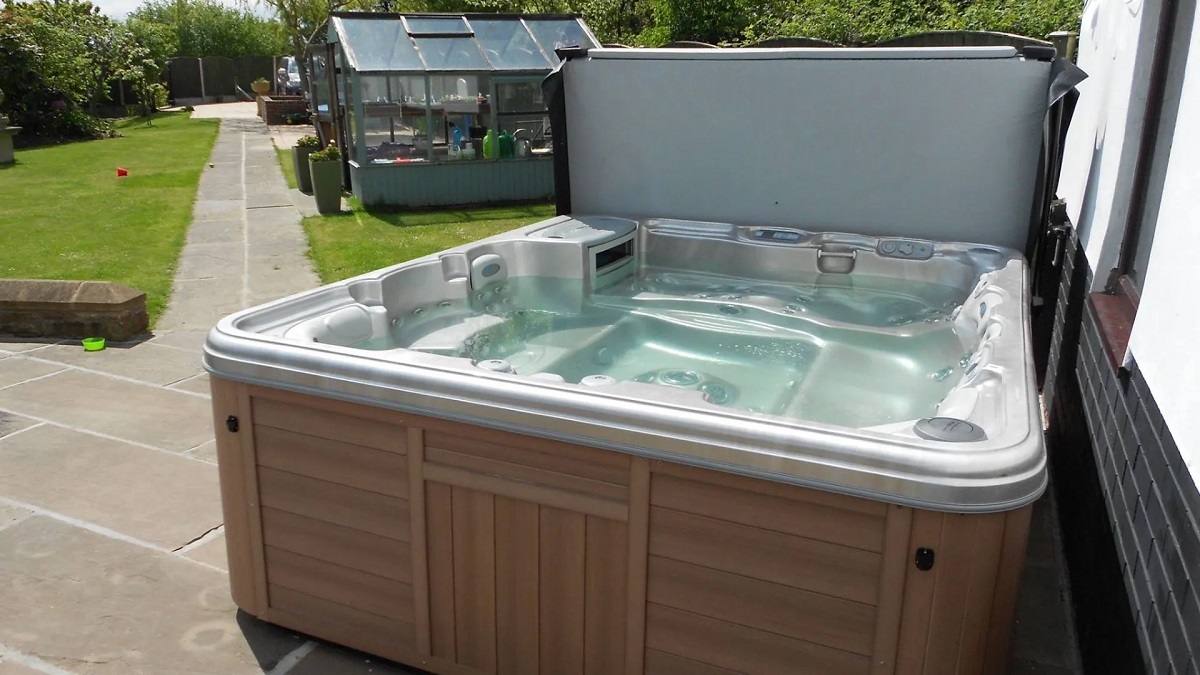

Pool & Spa Care
What Voltage Does A Hot Tub Use
Modified: January 9, 2024
Discover the ideal voltage for your hot tub. Learn about pool and spa care to ensure your hot tub runs efficiently and safely. Explore voltage requirements and maintenance tips.
(Many of the links in this article redirect to a specific reviewed product. Your purchase of these products through affiliate links helps to generate commission for Storables.com, at no extra cost. Learn more)
Introduction
So, you've decided to take the plunge and invest in a hot tub for your home. Congratulations! You're about to embark on a journey of relaxation, rejuvenation, and pure bliss. However, before you can immerse yourself in the soothing waters of your new hot tub, there are some important technical considerations to address. One of the key factors to understand is the voltage requirement of your hot tub.
Hot tubs come in a variety of shapes, sizes, and styles, each with its own unique set of features and specifications. One crucial aspect that directly impacts the operation and performance of a hot tub is its voltage requirement. Understanding the voltage needs of your hot tub is essential for ensuring its safe and efficient operation.
In this comprehensive guide, we'll delve into the world of hot tub voltage, exploring the various factors that influence it, the common voltage options available, and how to choose the right voltage for your specific hot tub. By the end of this journey, you'll have a clear understanding of hot tub voltage and be well-equipped to make informed decisions regarding your hot tub investment. So, let's dive in and unravel the electrifying world of hot tub voltage!
Key Takeaways:
- Hot tubs typically require either 120 volts or 240 volts to operate, with larger tubs and advanced features needing the higher voltage for efficient performance and energy demands.
- When choosing a hot tub, consider its size, desired features, and your home’s electrical infrastructure to determine the right voltage for a fulfilling and enjoyable ownership experience.
Read more: What Voltage Does A Thermostat Use
Understanding Hot Tub Voltage
Hot tubs, also known as spas or Jacuzzis, are luxurious additions to any home, offering a private oasis for relaxation and hydrotherapy. These blissful retreats rely on a combination of water, heat, and powerful jets to create a soothing and rejuvenating experience. However, behind the scenes, hot tubs require a reliable source of electricity to power their various components, including pumps, heaters, lights, and controls.
When it comes to electricity, voltage is a critical aspect that determines the amount of electrical potential available to operate the hot tub. Voltage is the force that drives the flow of electric current, powering the essential mechanisms within the hot tub. Understanding the voltage requirements of a hot tub is essential for both safety and performance.
Most hot tubs are designed to operate on either 120 volts or 240 volts. The voltage requirement is determined by the specific electrical components installed in the hot tub and their power demands. While 120-volt hot tubs are suitable for certain models with basic features, 240-volt hot tubs are more common and can accommodate larger tubs with advanced functionalities.
It’s important to note that hot tubs operating at 240 volts generally require a dedicated electrical circuit with a higher amperage capacity compared to standard household outlets. This dedicated circuit ensures that the hot tub receives a consistent and robust supply of electricity, preventing potential issues related to insufficient power.
Understanding the voltage rating of your hot tub is crucial for proper installation and electrical compatibility. It directly impacts the type of electrical wiring, circuit breakers, and outlets needed to support the hot tub’s electrical demands. Additionally, being aware of the hot tub’s voltage requirement allows for informed decision-making when it comes to selecting an appropriate location for installation and ensuring compliance with electrical codes and regulations.
By comprehending the significance of hot tub voltage and its implications on electrical infrastructure, homeowners can make informed choices to support the safe and efficient operation of their hot tubs. With this foundational knowledge in place, let’s explore the various factors that influence hot tub voltage and the implications for prospective hot tub owners.
Factors Affecting Hot Tub Voltage
Several key factors influence the voltage requirements of a hot tub, each playing a crucial role in determining the electrical specifications necessary for safe and efficient operation. Understanding these factors is essential for homeowners considering the installation of a hot tub and electricians tasked with ensuring proper electrical compatibility. Let’s explore the primary factors that affect hot tub voltage:
- Size and Capacity: The size and capacity of a hot tub directly impact its voltage requirements. Larger hot tubs with greater water capacity and more powerful jets and heating elements often necessitate higher voltage ratings to meet their energy demands. Smaller, more compact hot tubs may operate effectively at lower voltages, depending on their specific features and power requirements.
- Heating System: The heating system of a hot tub is a significant contributor to its voltage needs. Hot tubs equipped with high-performance heating elements designed to rapidly raise and maintain water temperature typically require higher voltages to support their energy-intensive operation. Efficient heating systems contribute to the overall energy efficiency of the hot tub, but they often demand a robust electrical supply to function optimally.
- Jet Power and Pump Configuration: The power and configuration of the jets and pumps in a hot tub play a crucial role in determining its voltage requirements. Hot tubs featuring multiple high-flow jets and powerful massage pumps require sufficient voltage to drive their operation effectively. The design and layout of the jet and pump system influence the electrical demands placed on the hot tub, influencing the necessary voltage rating.
- Integrated Features and Accessories: Many modern hot tubs are equipped with a range of integrated features and accessories, such as lighting systems, audio speakers, water features, and advanced control panels. These additional components contribute to the overall electrical load of the hot tub, influencing its voltage requirements. Homeowners should consider the cumulative power demands of these integrated features when evaluating the appropriate voltage for their hot tub.
By considering these factors, homeowners and installers can gain insight into the specific electrical needs of a hot tub, allowing for informed decisions regarding voltage requirements and electrical infrastructure. Additionally, understanding these factors enables prospective hot tub owners to assess the compatibility of their existing electrical systems with the demands of the hot tub, facilitating a seamless and safe installation process.
Now that we’ve explored the factors affecting hot tub voltage, let’s delve into the common voltage options available for hot tubs, providing a deeper understanding of the electrical configurations commonly encountered in the world of hot tub ownership.
Hot tubs typically use a voltage of 120V or 240V. It’s important to check the specific requirements of your hot tub model before installation to ensure it is compatible with your electrical system.
Common Hot Tub Voltage Options
When it comes to hot tubs, voltage plays a pivotal role in determining the electrical requirements for safe and efficient operation. Understanding the common voltage options available for hot tubs is essential for homeowners, installers, and electricians involved in the planning and installation process. Let’s explore the two primary voltage options commonly encountered in the world of hot tubs:
- 120-Volt Hot Tubs: Hot tubs designed to operate at 120 volts are typically suited for smaller models with basic features and lower power demands. These hot tubs are often referred to as plug-and-play models, as they can be connected to standard household outlets without the need for dedicated electrical circuits. While 120-volt hot tubs offer convenience in terms of electrical compatibility, they are generally limited in size and functionality due to the lower voltage supply. Homeowners considering a 120-volt hot tub should ensure that their existing electrical infrastructure can support the additional load without compromising safety or performance.
- 240-Volt Hot Tubs: Hot tubs requiring 240 volts are the more prevalent option for larger, premium models equipped with advanced features and enhanced performance capabilities. These hot tubs often demand a dedicated electrical circuit with a higher amperage capacity to accommodate their energy-intensive operation. While the installation of a 240-volt hot tub may require professional electrical expertise and specialized wiring, it provides the necessary power to support larger water capacities, robust heating systems, and powerful jet configurations. The higher voltage rating enables 240-volt hot tubs to deliver superior performance and efficiency, making them a popular choice for homeowners seeking a luxurious hot tub experience.
It’s important for homeowners to carefully consider their specific needs and preferences when evaluating the voltage options for their hot tub. Factors such as desired hot tub size, features, and power demands should guide the decision-making process, ensuring that the chosen voltage aligns with the intended usage and performance expectations.
By understanding the distinctions between 120-volt and 240-volt hot tubs, homeowners can make informed choices that cater to their individual requirements, ultimately enhancing their hot tub ownership experience. With a clear understanding of the common voltage options available, let’s proceed to explore the considerations involved in choosing the right voltage for a hot tub, providing valuable insights for prospective hot tub owners.
Choosing the Right Voltage for Your Hot Tub
As you embark on the exciting journey of selecting a hot tub for your home, one of the crucial decisions you’ll encounter is choosing the right voltage to power your new aquatic oasis. The voltage requirement of your hot tub directly impacts its performance, energy efficiency, and overall suitability for your specific needs. By carefully considering the following factors, you can confidently determine the optimal voltage for your hot tub:
- Hot Tub Size and Capacity: Assess the size and capacity of the hot tub you intend to purchase. Larger hot tubs with greater water volumes and more extensive features often necessitate 240-volt operation to meet their energy demands effectively. Conversely, smaller hot tubs with basic features may operate efficiently at 120 volts. Understanding the relationship between hot tub size and voltage requirements is essential for selecting the appropriate voltage option.
- Desired Features and Performance: Consider the specific features and performance capabilities you desire in a hot tub. If you envision a luxurious hot tub experience with powerful jets, rapid heating, and advanced integrated systems, a 240-volt model may be the ideal choice to support these enhanced functionalities. On the other hand, if you prioritize simplicity and basic features, a 120-volt hot tub may suffice for your needs.
- Electrical Infrastructure: Evaluate your home’s existing electrical infrastructure to determine its compatibility with the voltage requirements of the hot tub. If you opt for a 240-volt hot tub, ensure that your home can accommodate the installation of a dedicated electrical circuit with the necessary amperage capacity. Professional electricians can provide valuable insights and guidance regarding the electrical modifications required to support a 240-volt hot tub, ensuring a seamless and compliant installation process.
- Long-Term Considerations: Take into account your long-term plans and usage expectations for the hot tub. If you anticipate expanding or upgrading your hot tub features in the future, opting for a 240-volt model provides greater flexibility and capacity to accommodate potential enhancements. Additionally, 240-volt hot tubs are known for their superior energy efficiency and performance, offering long-term benefits in terms of operational cost savings and overall satisfaction.
By carefully weighing these considerations and aligning them with your preferences and lifestyle, you can confidently choose the right voltage for your hot tub, setting the stage for a fulfilling and enjoyable hot tub ownership experience. Whether you opt for the convenience of a 120-volt hot tub or the enhanced capabilities of a 240-volt model, your decision should reflect your unique needs and aspirations for your personal oasis of relaxation and rejuvenation.
With the appropriate voltage selected, you’ll be one step closer to transforming your home into a haven of tranquility and indulgence, where the soothing embrace of your hot tub awaits to melt away the stresses of the day. Now, armed with the knowledge of choosing the right voltage for your hot tub, you’re poised to make an informed and gratifying investment in your well-being and home environment.
Read more: What Kind Of Plug Does A Hot Tub Use
Conclusion
Congratulations on navigating the electrifying world of hot tub voltage! Throughout this journey, we’ve delved into the essential aspects of understanding, selecting, and embracing the right voltage for your hot tub. By unraveling the intricacies of hot tub voltage, you’ve gained valuable insights that will empower you to make informed decisions and embark on a rewarding hot tub ownership experience.
From comprehending the significance of voltage in powering the essential components of a hot tub to exploring the factors that influence voltage requirements, you’ve established a solid foundation of knowledge. By recognizing the impact of hot tub size, features, and electrical infrastructure on voltage considerations, you’ve equipped yourself with the awareness needed to navigate the diverse landscape of hot tub options with confidence and clarity.
As you ponder the voltage requirements for your future hot tub, remember to align your decision with your individual preferences, lifestyle, and long-term aspirations. Whether you opt for the convenience of a 120-volt hot tub or the enhanced capabilities of a 240-volt model, your choice should reflect your vision for a personal sanctuary of relaxation and rejuvenation.
With the right voltage selected, you’re poised to embark on a transformative journey, where the tranquil embrace of your hot tub becomes a cherished retreat from the demands of daily life. Whether you seek therapeutic hydrotherapy, invigorating massages, or serene moments of contemplation, your hot tub will stand ready to fulfill your desires and elevate your well-being.
As you venture forward, remember that professional guidance from electricians and hot tub specialists can provide invaluable assistance in navigating the technical aspects of hot tub voltage. Their expertise can ensure a seamless installation process and optimal electrical compatibility, paving the way for a seamless integration of your hot tub into your home environment.
Embrace the journey ahead with confidence, knowing that you possess the knowledge and understanding to make informed decisions regarding hot tub voltage. Your commitment to creating a haven of tranquility and indulgence within your home reflects a dedication to your well-being and the pursuit of relaxation—a testament to the enriching experiences that await in the comforting embrace of your hot tub.
So, as you embark on this exciting chapter of hot tub ownership, may the soothing waters and therapeutic benefits of your hot tub become a source of joy, rejuvenation, and cherished memories for years to come. Your journey to harness the power of hot tub voltage is a testament to your commitment to creating a haven of bliss and serenity within your home.
Frequently Asked Questions about What Voltage Does A Hot Tub Use
Was this page helpful?
At Storables.com, we guarantee accurate and reliable information. Our content, validated by Expert Board Contributors, is crafted following stringent Editorial Policies. We're committed to providing you with well-researched, expert-backed insights for all your informational needs.
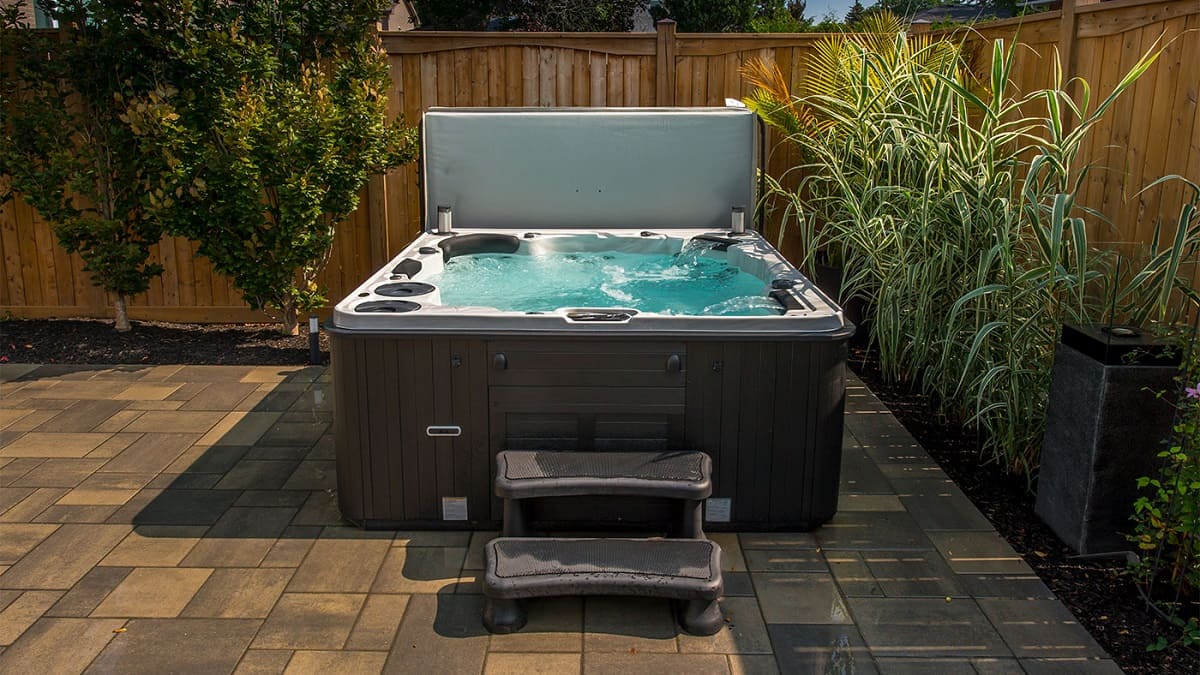
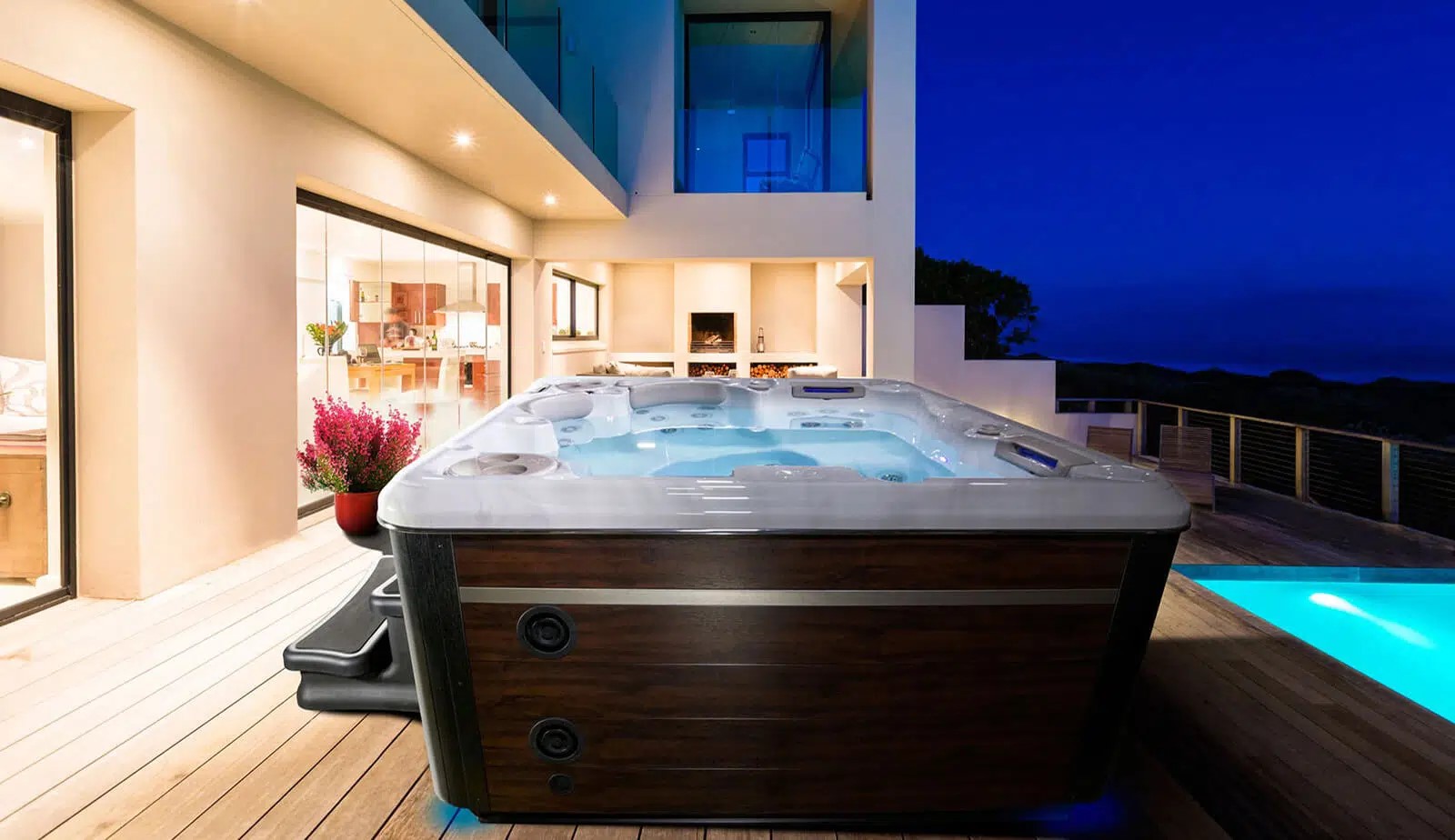
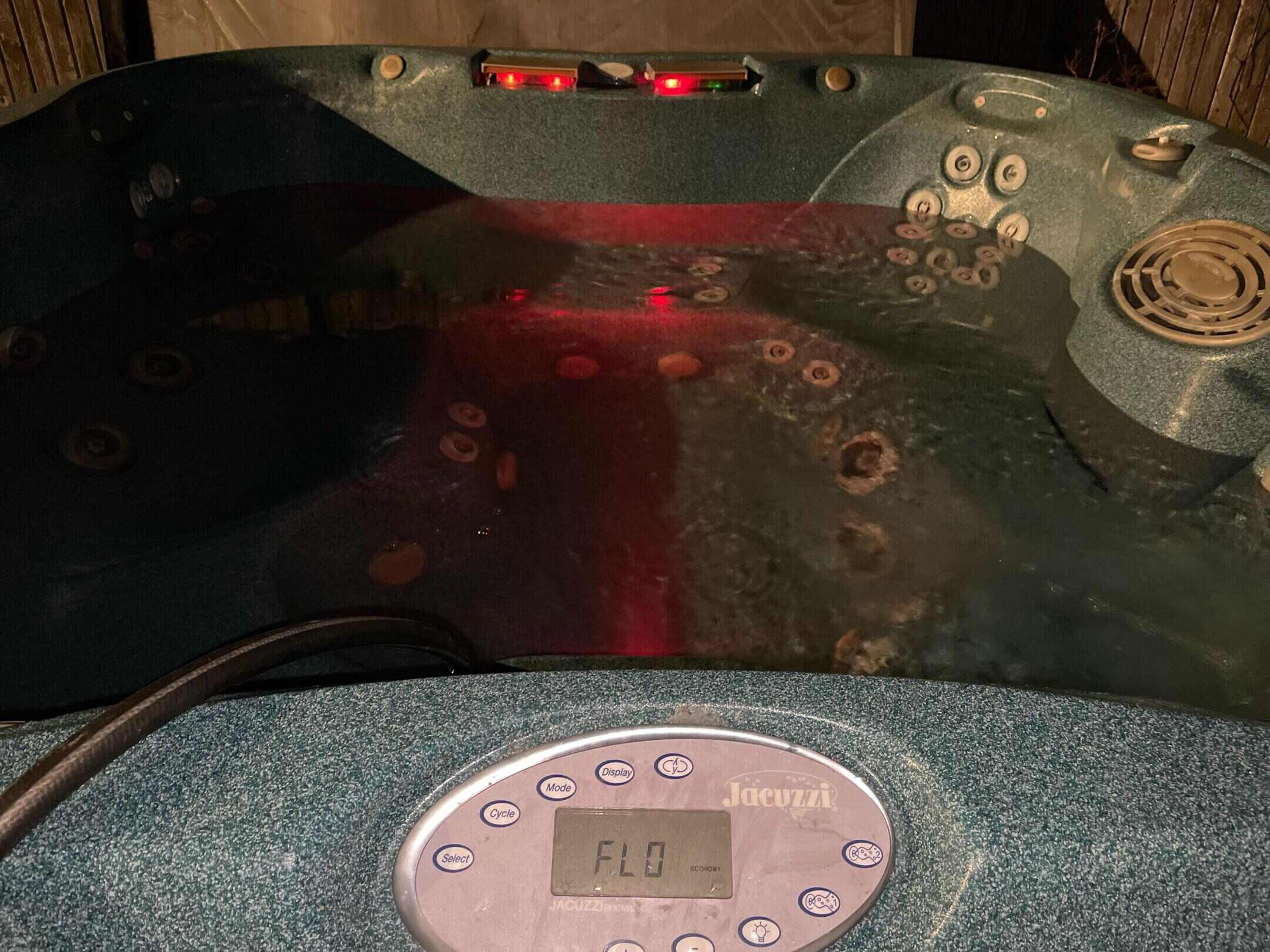
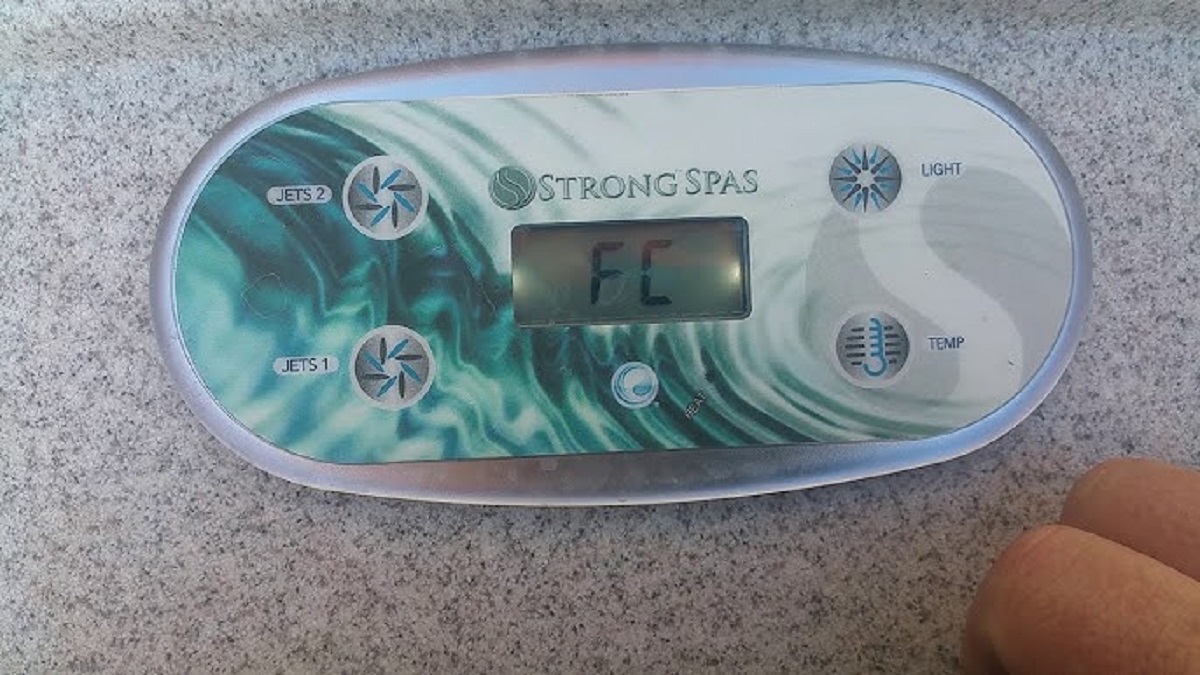
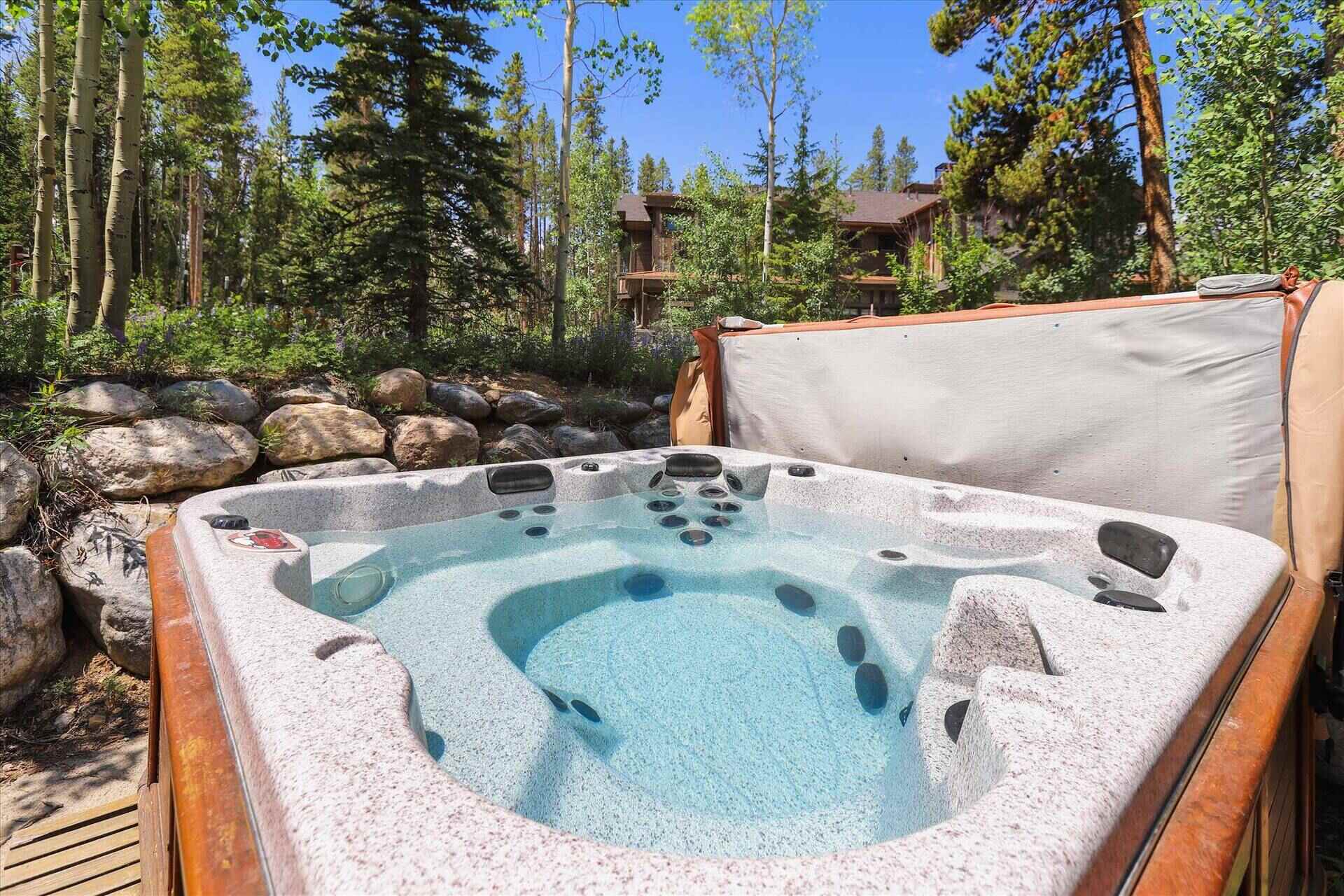

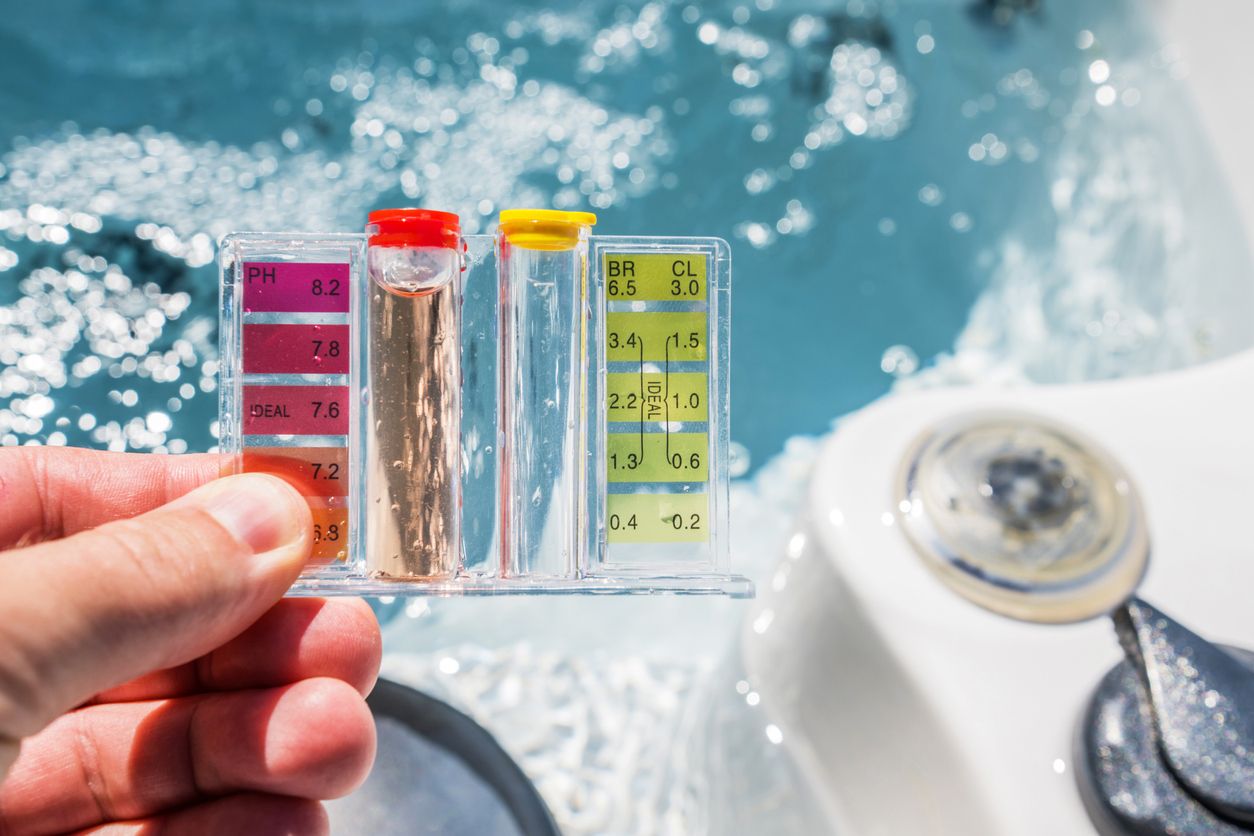
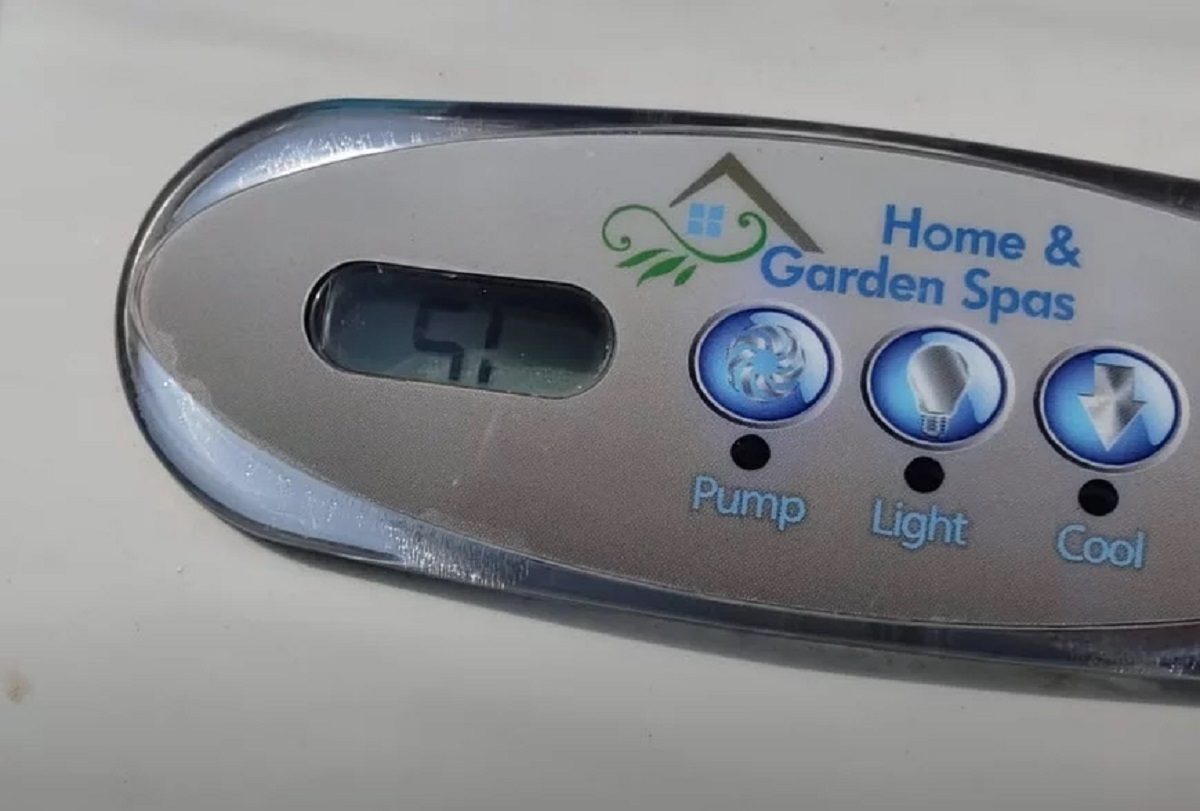
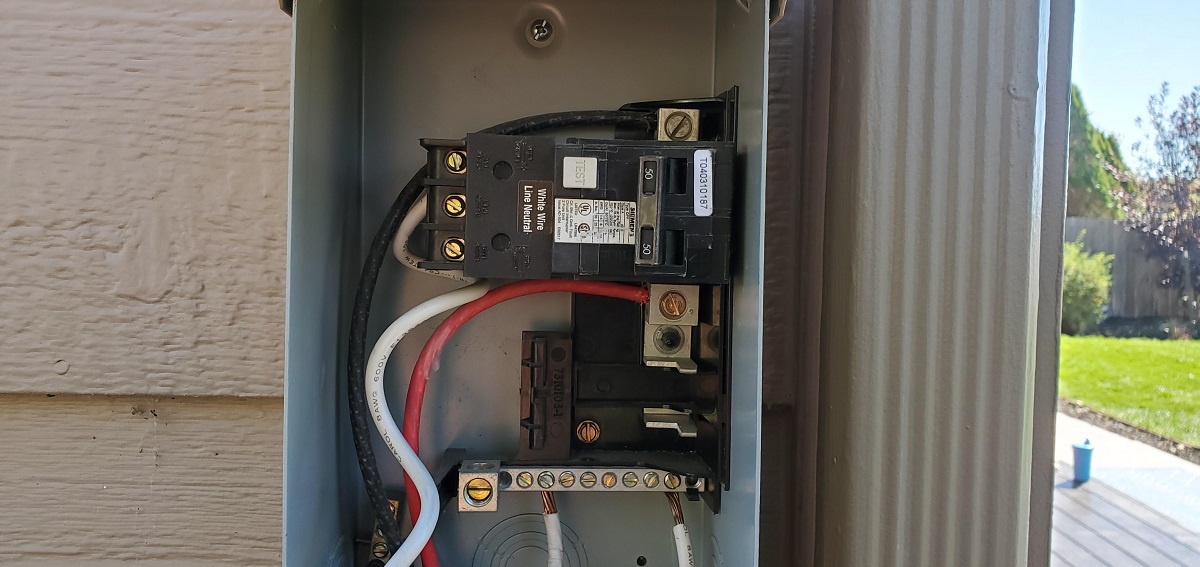
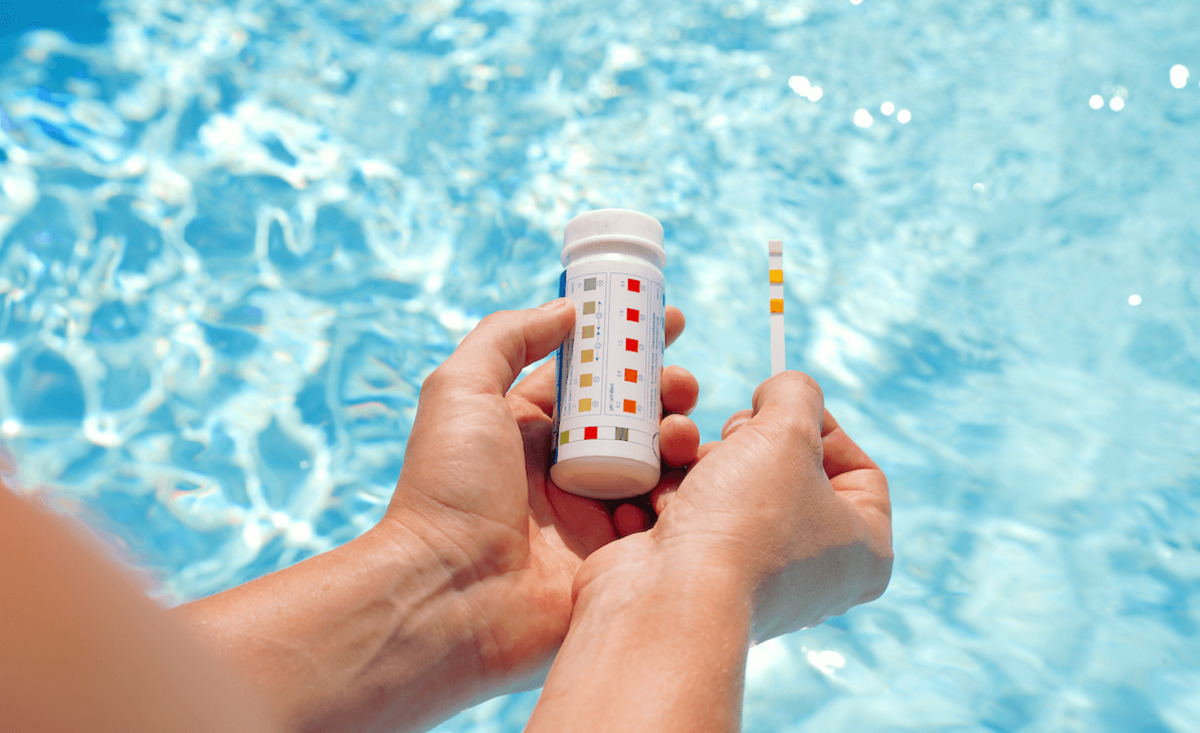
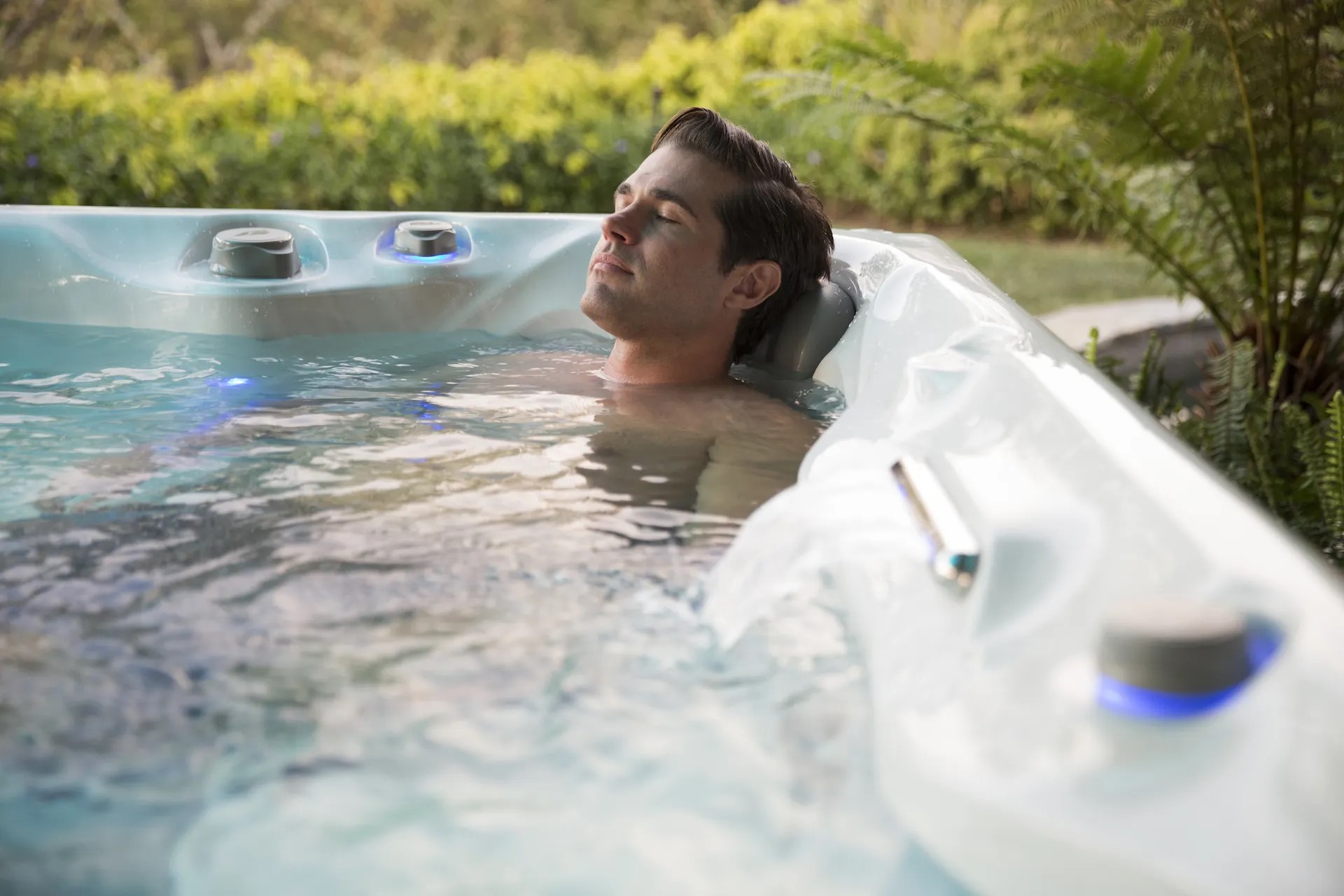
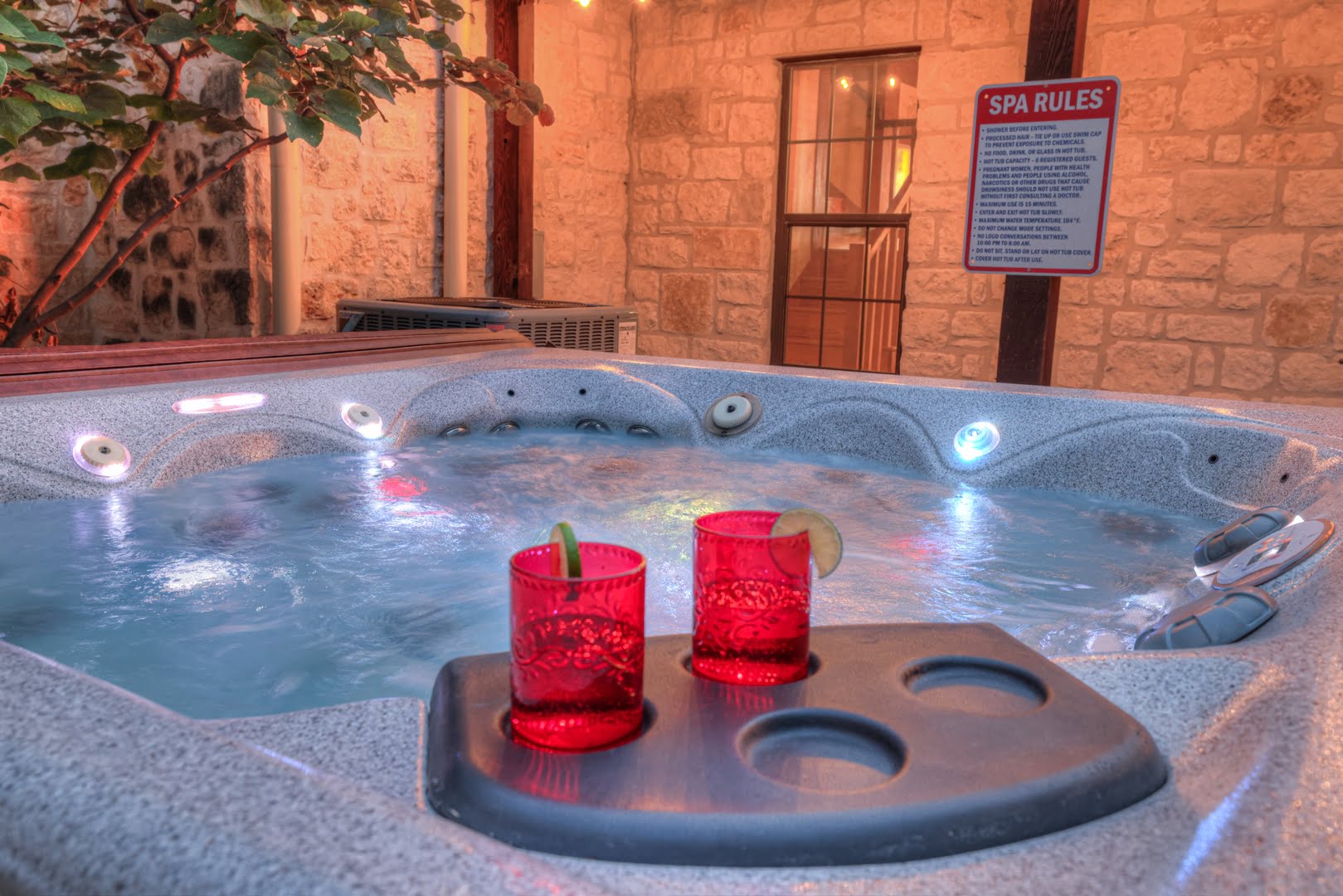

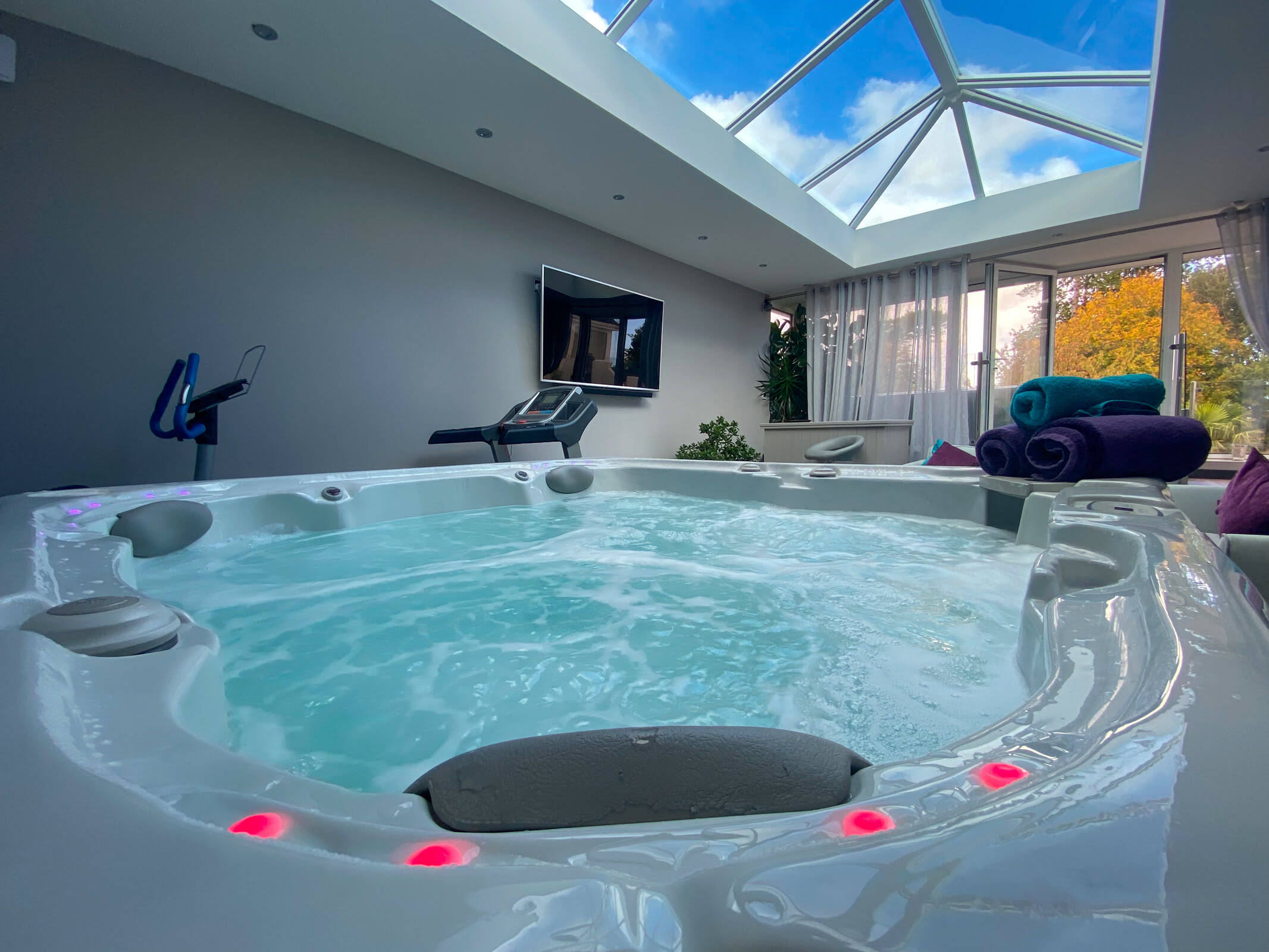

0 thoughts on “What Voltage Does A Hot Tub Use”